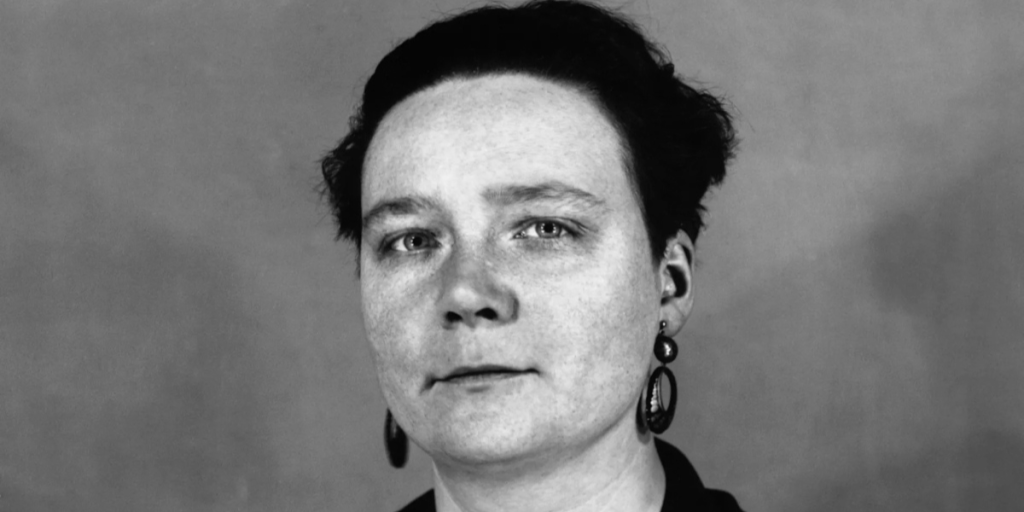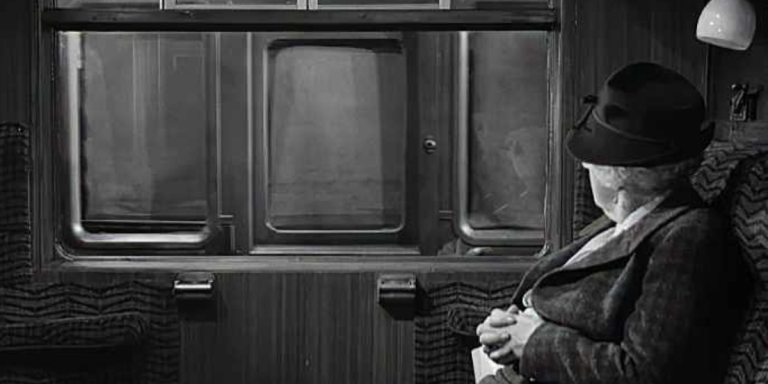The Life of Dorothy L. Sayers

Certain names appear when discussing classic mystery novels from the 1920s and 1930s, and one of those names is Dorothy L. Sayers.
Sayers was one of the “Queens of Crime” from the Golden Age of detective fiction: one of the leading female crime writers of the era, alongside Agatha Christie, Ngaio Marsh, and Margery Allingham.
Sayers’s career is certainly a multifaceted one. She wrote extensively about religion and spirituality, and her works include a translation of Dante’s DIVINE COMEDY into modern English. During her time at the London advertising agency S.H. Benson in the 1920s, she helped introduce generations of stout drinkers to the famous Guinness toucan, writing witty ad copy to go with John Gilroy’s whimsical illustrated bird.
But for mystery lovers around the world, Sayers is best known for her novels starring the aristocratic gentleman detective Lord Peter Wimsey.
She was also one of the founding members (and third president) of the Detection Club: a distinguished group whose members included Agatha Christie, G.K. Chesterson, Hugh Walpole, and Baroness Emma Orczy.
Born in Oxford in 1893, Sayers grew up in Suffolk before being sent to boarding school at Godolphin Hall in Salisbury at the age of 15. She returned to Oxford to study at Somerville College, one of the two women’s-only Oxford colleges. After graduating, she briefly taught at schools in England and France, worked at a small Oxford publishing house, and eventually made her way to S.H. Benson.
By day, Sayers wrote ad copy, and at nights and during other free time, she started writing detective fiction. The first Lord Wimsey novel, WHOSE BODY, was published in 1923.
Sayers wrote (or co-wrote with others, including members of the Detection Club) sixteen mystery novels and three volumes of short stories during her lifetime. She also edited four anthologies of detective stories between 1929 and 1936.
One of Sayers’s legacies as a writer is that she did not adhere to the “puzzle” format of mystery novels, in which the investigation of the crime and the discovery of the killer’s identity are the sole focus with little room for main characters’ personal lives. Instead, as time went on, her stories devoted more room to exploring the motives of the characters: detectives, criminals, and witnesses alike.
In her book TALKING ABOUT DETECTIVE FICTION, P.D. James noted that Sayers was not shy about including rather gruesome levels of realism in her books, particularly in scenes when a dead body is discovered: “She well knew the importance of this moment of high drama and she was not too squeamish to show us something of the horror of violent death. In this she was very different from her co-crime-writer Agatha Christie, who obviously felt a deep repugnance for describing physical violence.”
In 1930’s STRONG POISON, Sayers introduced Harriet Vane: the spirited, independent novelist who was arrested and tried in connection with her ex-boyfriend’s murder. Wimsey helped clear Harriet’s name, but she was reluctant to accept Wimsey’s marriage proposals until the events of GAUDY NIGHT (1935). Wimsey and Harriet officially became Mr. and Mrs. (or rather, Lord and Lady) in BUSMAN’S HONEYMOON (1937).
Throughout her career, Sayers continued to work on writings related to religion and spirituality alongside her crime fiction. But starting in the 1940s, she moved away from crime fiction altogether and gave these more scholarly writings her full attention.
Her translation of Dante’s DIVINE COMEDY is one of her most famous non-mystery works. She also authored a twelve-part radio drama about the life of Jesus, THE MAN BORN TO BE KING, in 1941.
Sayers married journalist Oswald Fleming in 1926, and they were married until he died in 1950. She had one son, John Anthony, from a prior relationship.
Sayers died in 1957 at the age of 64.
By clicking 'Sign Up,' I acknowledge that I have read and agree to Hachette Book Group’s Privacy Policy and Terms of Use
What to Read Next
Erin Roll is a freelance writer, editor, and proofreader. Her favorite genres to read are mystery, science fiction, and fantasy, and her TBR pile is likely to be visible on Google Maps. Before becoming an editor, Erin worked as a journalist and photographer, and she has won far too many awards from the New Jersey Press Association. Erin lives at the top floor of a haunted house in Montclair, NJ. She enjoys reading (of course), writing, hiking, kayaking, music, and video games.


